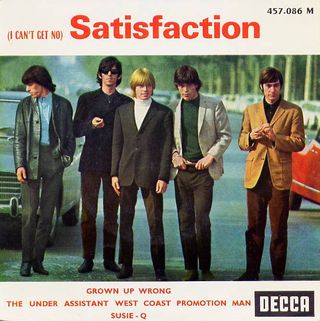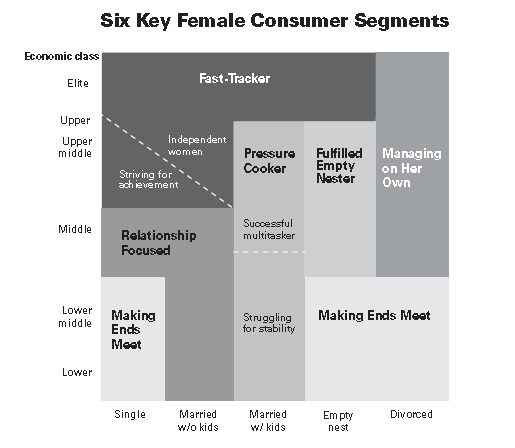We all remember the Rolling Stones song Satisfaction, which is about getting NO satisfaction. Well it appears that U.S. workers are getting “no satisfaction” from their jobs, and at the highest rate ever recorded.
 According to a new survey recently released by The Conference Board, only 45 percent of Americans are satisfied with their work.
According to a new survey recently released by The Conference Board, only 45 percent of Americans are satisfied with their work.
In a follow-up article titled, Americans’ Job Satisfaction Falls To Record Low, Economics Writer, Jeannine Aversa, of the Seattle Times reports:
“That was the lowest level ever recorded by the Conference Board research group in more than 22 years of studying the issue. In 2008, 49 percent of those surveyed reported satisfaction with their jobs,” and goes on to add: “Worker dissatisfaction has been on the rise for more than two decades.”
Linda Barrington, Managing Director of Human Capital at the Conference Board, who helped write the report states:
“It says something troubling about work in America.”
Lynn Franco, another author of the report and Director of the Conference Board’s Consumer Research Center elaborates:
“What’s really disturbing about growing job dissatisfaction is the way it can play into the competitive nature of the U.S. workforce down the road and on the growth of the U.S. economy – all in a negative way.”
What’s frightening is that if this downward trend in poor job satisfaction isn’t reversed, many economists say it could “stifle innovation and hurt America’s competitiveness and productivity.” (Jeannine Aversa)
Several theories have surfaced regarding why this trend exists. Aversa theorizes:
“The drop in workers’ happiness can be partly blamed on the worst recession since the 1930s, which made it difficult for some people to find challenging and suitable jobs.”
Some blame it on the availability of interesting jobs:
“Workers who find their jobs interesting are more likely to be innovative and to take the calculated risks and the initiative that drive productivity and contribute to economic growth.” (Barrington)
Based on my own professional experience, and far more consistent with the research in Positive Psychology, these theories are completely backwards. The research shows that the inverse of that statement is more likely the case: That workers who are more likely to take calculated risks and initiative are more likely to find an interesting job, and subsequently drive productivity and economic growth. To say it more bluntly: More workers now have that “sense of entitlement” attitude, demanding that others make their jobs more interesting, rather than feeling any responsibility to do so themselves.
As we’ve shared with you in WorkPuzzle, there is a growing movement away from teamwork, hard work, and delayed gratification– and toward the belief that happiness comes through increasing one’s frequency and duration of pleasure. This way of thinking has been at work since the 60’s, and that first generation of the self-obsessed, have now raised their children under the flag of “individual freedom and self-gratification.”
As long as our culture promotes this type of thinking and neglects finding our way back to teaching a set of standards that begin with contributing to the group and earning respect through hard work and good character, job dissatisfaction numbers will continue to escalate.
All is not hopeless however. Over the next two blogs I’ll let you know how you and your company can help reverse this trend and attract those who will be the hardest workers and the next generation of innovators.
Editor’s Note: This article was written by Dr. David Mashburn. Dave is a Clinical and Consulting Psychologist, Partner at Tidemark, Inc. and a regular contributor to WorkPuzzle. Comments or questions are welcome. If you’re an email subscriber, reply to this WorkPuzzle email. If you read the blog directly from the web, you can click the “comments” link below.









